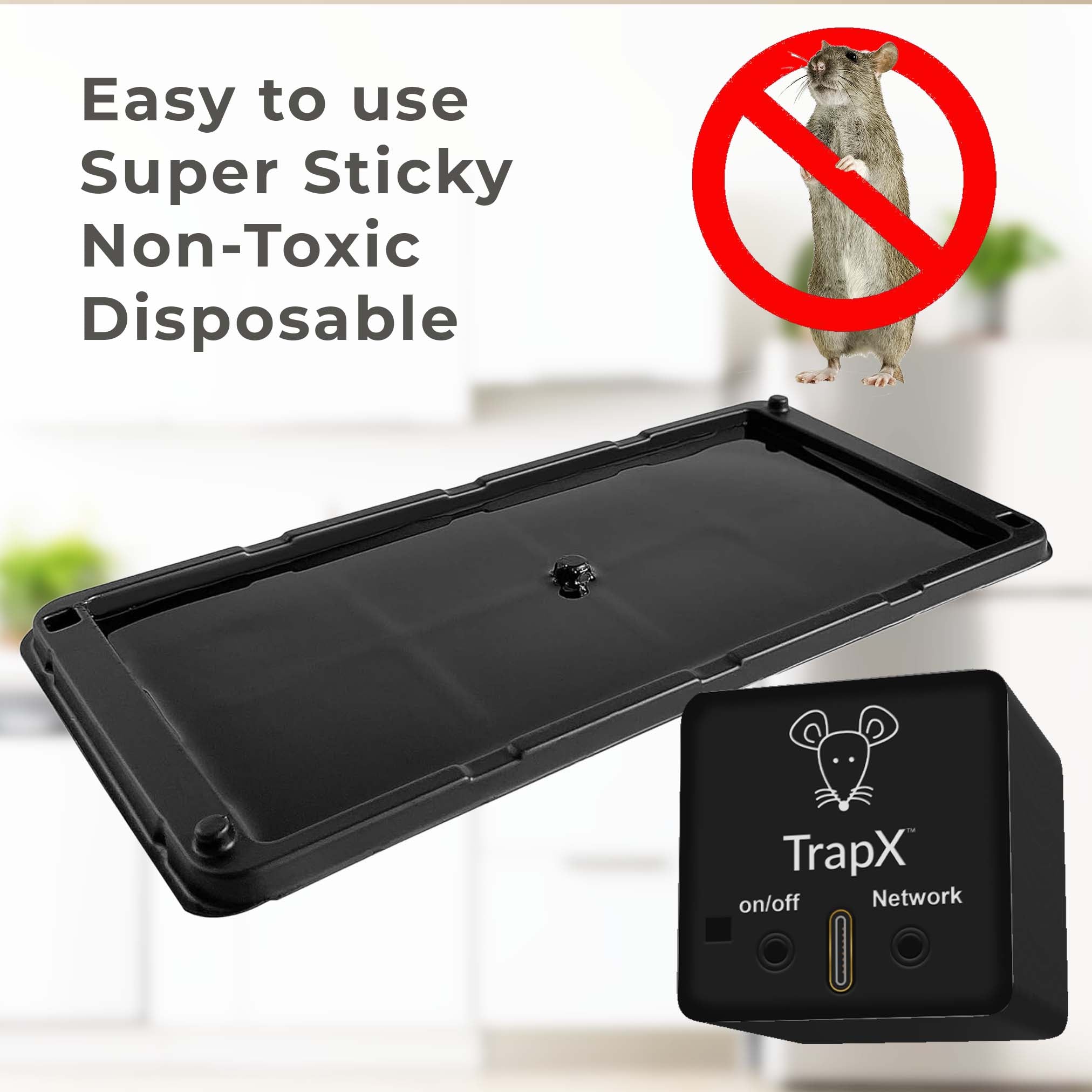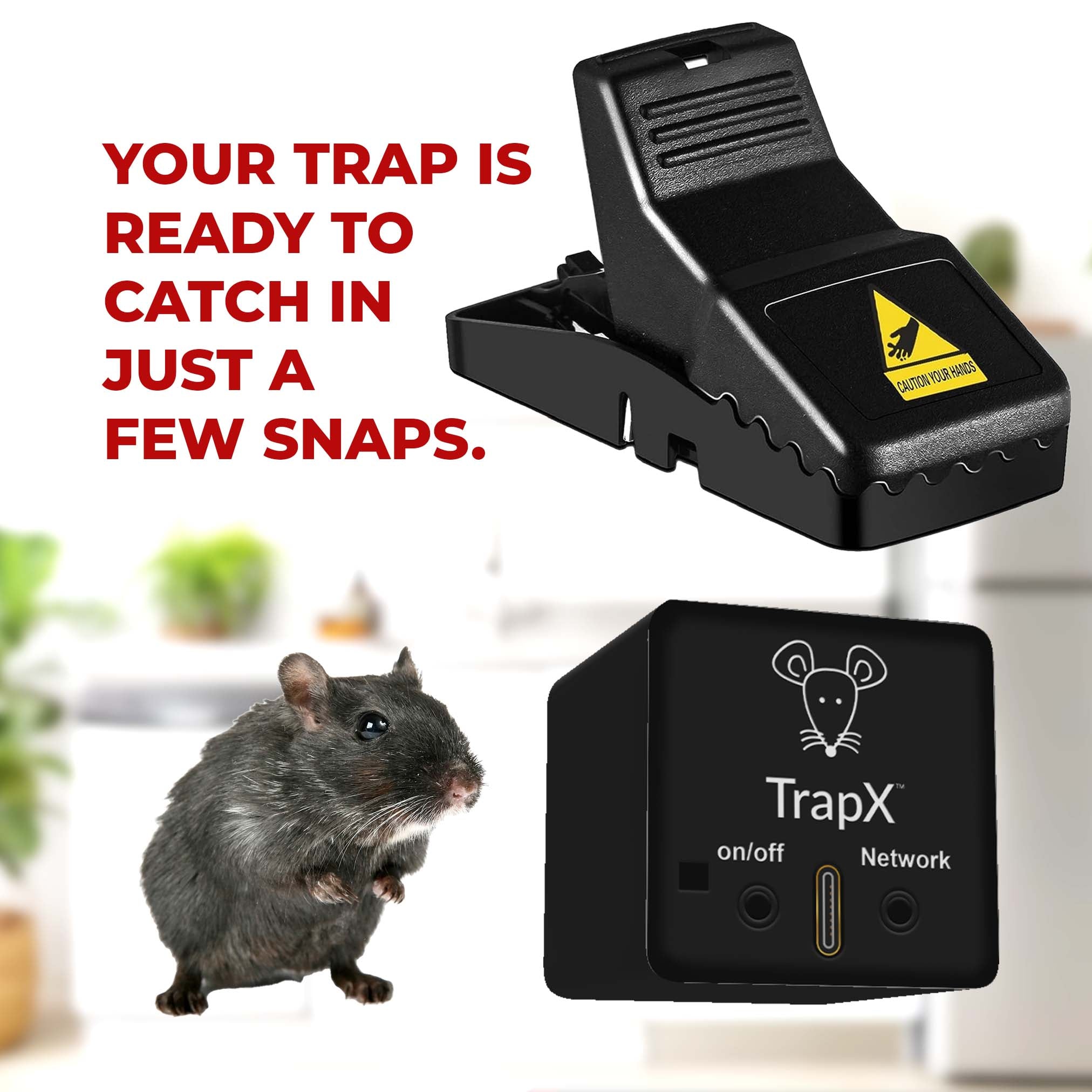The Ultimate Guide to No Kill Mouse Traps: A Humane Solution for Pest Control
Share
When dealing with pests like mice, many people seek a humane solution. This comprehensive guide explains how No Kill Mouse Traps work and why they can be a great option for managing mouse problems in your home or business. This article will explore different types of no kill traps, benefits of using them, and some effective strategies for using them.

Why Choose No Kill Mouse Traps?
Choosing no kill mouse traps instead of traditional traps reflects an effort to be more humane toward animals. Killing mice can create unnecessary suffering, and these traps allow you to catch them and release them safely.
Understanding Mouse Behavior
To ensure effective use of no kill mouse traps, it is essential to understand mouse behavior. Mice often enter homes in search of food, shelter, and warmth. They are curious creatures, so setting up a trap involves understanding their habits.
Benefits of No Kill Mouse Traps
- Humane treatment: No kill traps allow for the safe release of mice.
- Reusable: Many no kill traps are designed for multiple uses, saving money.
- Environmentally friendly: These traps do not require toxic chemicals.
- Easy to use: Most models can simply be set up without complicated setup.

Types of No Kill Mouse Traps
There are several types of no kill mouse traps available on the market. Each has its design and operation, making it easy to find one that suits your needs.
1. Cage Traps
Cage traps are among the most popular types of no kill traps. They attract mice using bait, such as peanut butter or sunflower seeds, luring them inside a cage that shuts once the mouse enters.
2. Bucket Traps
Bucket traps leverage gravity and water to catch mice. A ramp leads to the top of a bucket filled with water; once the mouse climbs up, it falls into the water and cannot escape.
3. Electric Traps
Some advanced models use electricity to incapacitate the mouse quickly and painlessly, allowing for easy disposal without causing harm.
4. Glue Traps
While some glue traps can be considered no kill, ethical concerns exist since mice can suffer distress and harm. Its better to opt for cage or bucket traps instead.

How to Set Up No Kill Mouse Traps
Setting up no kill traps requires strategic placement to ensure effectiveness. Here are some tips:
1. Identify Problem Areas
Look for signs of mice, like droppings or gnaw marks, to identify areas where traps should be placed.
2. Use the Right Bait
Peanut butter is often an excellent bait due to its strong smell and sticky texture, making it difficult for mice to eat without getting caught.
3. Position Traps Correctly
Place traps along walls, as mice tend to run alongside them for safety. Ensure they are out of reach from pets and children.
4. Regular Checks
Check traps regularly to avoid prolonged captivity for any caught mice.

Effective Strategies for Using No Kill Mouse Traps
To maximize the effectiveness of no kill mouse traps, consider employing these strategies:
1. Combine Different Trap Types
Using various trap types can catch more mice, catering to diverse preferences.
2. Maintain Cleanliness
Make your home less appealing to mice by keeping food sealed and your living space clean.
3. Seal Entry Points
Identify and seal any entry points where mice can enter your home.
Releasing Captured Mice
After capturing mice, it is essential to release them properly. Here are some instructions:
1. Choose a Safe Location
Release the captured mice at least a mile away from your living area to prevent them from returning.
2. Release them Gently
Open the trap carefully to allow the mouse to exit without panic.
Frequently Asked Questions
1. Are no kill mouse traps effective?
Yes, when used correctly, no kill mouse traps are effective in catching mice without harm.
2. How often should traps be checked?
You should check the traps at least once a day to ensure captured mice are released in a timely manner.
3. Can I reuse no kill traps?
Most no kill traps are reusable if cleaned properly between uses.
4. What should I do if I catch a mouse?
Release the mouse in a suitable location as described above to avoid causing distress.
5. Do I need to use bait?
Using bait increases your chances of catching mice by attracting them more effectively.
6. Are these traps safe for pets?
Most no kill traps are designed to be safe for pets, but always monitor to prevent accidental triggering.
Conclusion
No kill mouse traps offer a humane, effective way to manage mouse populations in your home. Using them reflects a commitment to treating all creatures compassionately, aligning with ethical pest control practices. Remember, the key to effectiveness lies in proper placement of traps, using appealing bait, and ensuring regular checks for any captured mice. Ultimately, a peaceful coexistence with nature is achievable, and no kill traps are part of achieving that goal.
As an Amazon Associate, I earn from qualifying purchases.
For more information on different types of humane traps, check out our article on Best No Kill Traps.
Learn about innovative solutions in rodent control in our Intelligent Mouse Trap article.
If you're into DIY, you might enjoy reading DIY Mouse Traps.
Discover the future of rodent control with High-Efficiency Mouse Traps.
For a comprehensive look at smart rodent devices, visit our Smart Rodent Devices guide.
Get more tips on how to use mouse traps from Tomcat.
